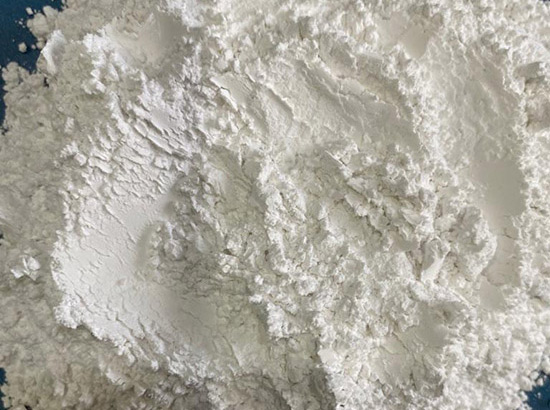What equipment is more suitable for ultrafine grinding of needle-shaped wollastonite?

Wollastonite is a calcium metasilicate mineral. Ultrafine wollastonite needle powder with high aspect ratio has extremely high application value in industry. The key to improving the aspect ratio of wollastonite products In the process of pulverization, the original crystalline structure of minerals is maintained by adopting a suitable pulverization method.
At present, the equipment used for ultra-fine grinding of wollastonite needle powder mainly includes mechanical impact mills, jet mills (flat, circulating, impact, fluidized bed, counter-jet), stirring mills, Raymond mills, etc. grinding, vibrating grinding, etc.
1. Stirring mill
In the stirring mill, the stirring arm runs at a certain speed to drive the movement of the grinding medium in the cylinder, and the material is crushed by friction and impact in the grinding medium. It is difficult to prepare needle-shaped ultra-fine wollastonite powder with a media stirring mill. The fineness of the crushed product is less than 4µm (or finer) and the length-to-diameter ratio is small, but the crushing efficiency is high.
2. Vibration grinding
Vibration mill relies on the high-frequency vibration of the cylinder to cause the grinding media in the cylinder to violently collide and grind the materials, causing the materials to gradually develop fatigue cracks or even breakage. 90% of the product’s fineness is less than 10µm, and its length-to-diameter ratio is small.
3. Raymond mill
When the Raymond mill is pulverizing, the material is subjected to the main forces of extrusion and friction between the roller and the grinding ring. The fine-grained material is separated by the analyzer, and the coarse-grained material returns to be crushed again. The product fineness is 30~50µm and the aspect ratio is 5~10. The improved Raymond mill can only make the wollastonite product finer and is not suitable for preparing wollastonite powder with a high aspect ratio.
4. Mechanical impact crusher
Mechanical impact crushing uses a high-speed rotor to disperse the materials to the periphery of the crushing chamber. They are impacted at the same time and are squeezed, sheared and crushed by centrifugal inertial force and friction at the gap between the stator and rotor. The fine powder is carried by the air flow. After leaving the crushing area, it becomes a product after being classified. The fineness of the crushed products is generally 10~30µm, and the aspect ratio is about 5~10.
5. Air jet mill
Air jet crushing uses the pressure of compressed air to form a high-speed airflow trajectory in the crushing chamber, mainly shearing. Its characteristic is to make wollastonite materials collide and rub against each other at high speed to crush and protect the wollastonite crystal morphology. . The fineness of the crushed products is generally 5~15µm, and the aspect ratio is about 8~12. Surfactants can be added at the same time to assist grinding, increasing the throughput of the airflow grinding system by more than 1.5 times.
Therefore, the fluidized bed jet mill is currently the most suitable ultra-fine grinding equipment for preparing high aspect ratio wollastonite products, and is suitable for producing 1250 mesh (d97 ≤ 10 μm) ultra-fine needle-shaped wollastonite powder.
